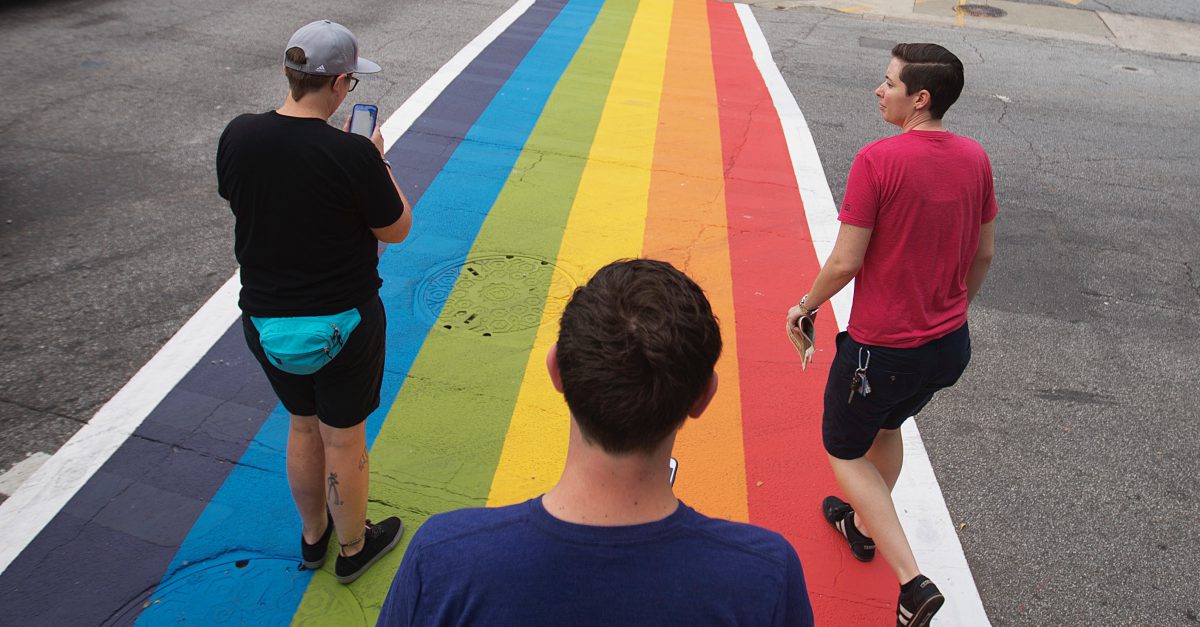While the downtown Houston neighborhood of Montrose is known as a haven for the gay community, the late 1970s was still a dangerous time to be out, even in Montrose. A recent article in Out Magazine provides an in-depth look at this period in Houston’s history.
Videos by Rare
Hunting and assaulting queer men became a pastime for many Houston youths, who would cruise Westheimer Rd. looking for a victim. Using bats, tire irons, knives, and other weapons, the teens would unleash their wrath on unsuspecting men who were just trying to live their lives.
RELATED: Texas’ first transgender mayor continues making history
The teens, some of whom drove into the city from the suburbs, would often come in groups of two to four, giving them an advantage over their targets.
As attacks continued and murders of gay men went unsolved, the Houston Police Department refused to increase patrols, claiming a lack of available manpower. At the same time, however, gay men knew that they couldn’t count on police, who were known to issue beatings more often than they stopped them.
Since the police weren’t going to do anything, the community knew that they would have to come up with their own solutions.
On August 5, 1979, the formation of the Montrose Patrol was announced at a meeting of Houston’s Gay Political Caucus.
The Montrose Patrol was a citizen group that sought to keep the streets safe, even in the absence of police patrols. All interested citizens were invited to join.
At first, the announcement stirred up fears of a vigilante force, but the group didn’t want to seek revenge. Instead, they wanted to work with police to prevent and solve crimes.
The group met on the weekends to organize patrols, which included both foot patrols and vehicle patrols. The men and women on patrol communicated with CB radios and walkie-talkies.
Most nights, 20-30 volunteers were on patrol between 10:00 p.m. and dawn, some with dogs.
In the first month alone, the patrols were able to stop 40 beatings, proving that they could make a difference.
RELATED: A look back at Houston’s LGBT Pride weekend
While the patrol’s success initially led to cooperation with police, that relationship soon broke down due to sabotage within the police department as homophobia continued to be rampant within the HPD.
Despite the challenges they faced, the Montrose Patrol volunteers made the area safer through their efforts, paving the way for Houston’s current diversity and celebration of Pride.



